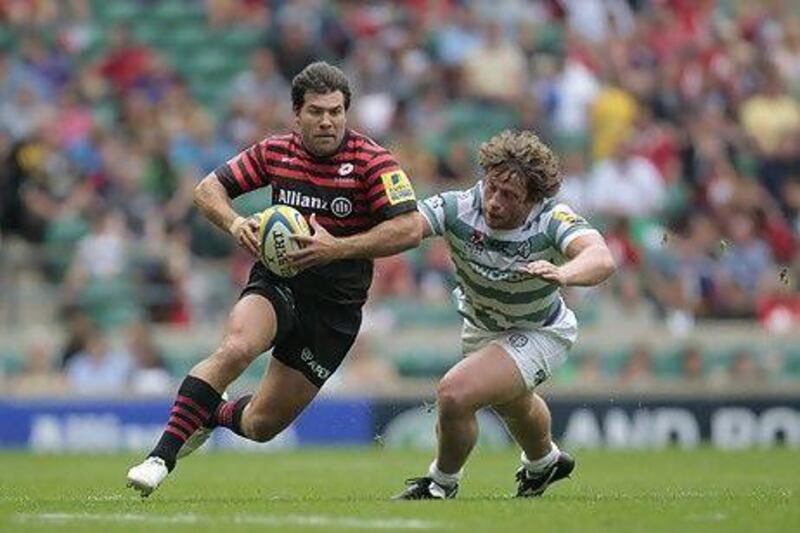It was a good job the first match of the new English Premiership season was such an epic rugby extravaganza between Harlequins and London Wasps.
It needed to be, or else the opening day would have been exclusively memorable for the overwhelming impact of the new trial to increase the powers of the television match official.
The effect of the experiment to use technology to eradicate errors in the build-up to tries was huge.
The trial should not be judged on such a small sample measure.
It could do with fine-tuning to speed the flow of the game, but generally all are agreed more correct decisions are a good thing.
However, it also brought with it a vast increase in players pressurising referees into reviewing virtually every minor doubt. It is a highly predictable response.
"In the heat of the moment I think that is always going to happen," said Dai Young, the London Wasps coach. "We just don't want it to look like a bit of a circus."
This is where rugby should look to cricket for help.
Though it is by no means faultless, cricket's Decision Review System has almost entirely eradicated backchat towards match officials. In Test matches, teams are granted two chances to review decisions. Fail, and they lose one of their lives.
If they use up both reviews, they only have themselves to blame if their team fall foul of an umpiring error thereafter.
A similar process in rugby would halt the player conjecture at a stroke.
Follow us
[ @SprtNationalUAE ]






